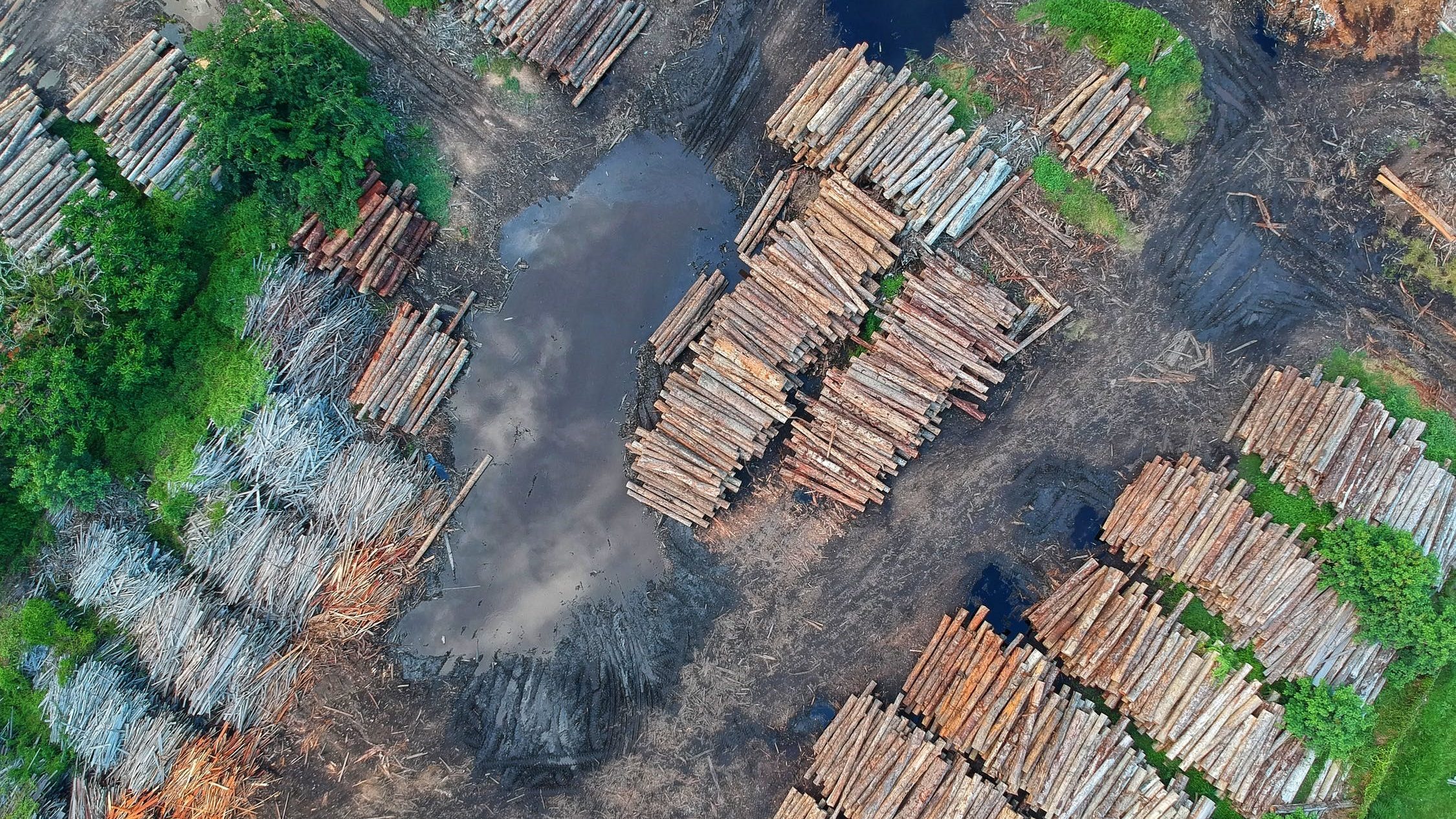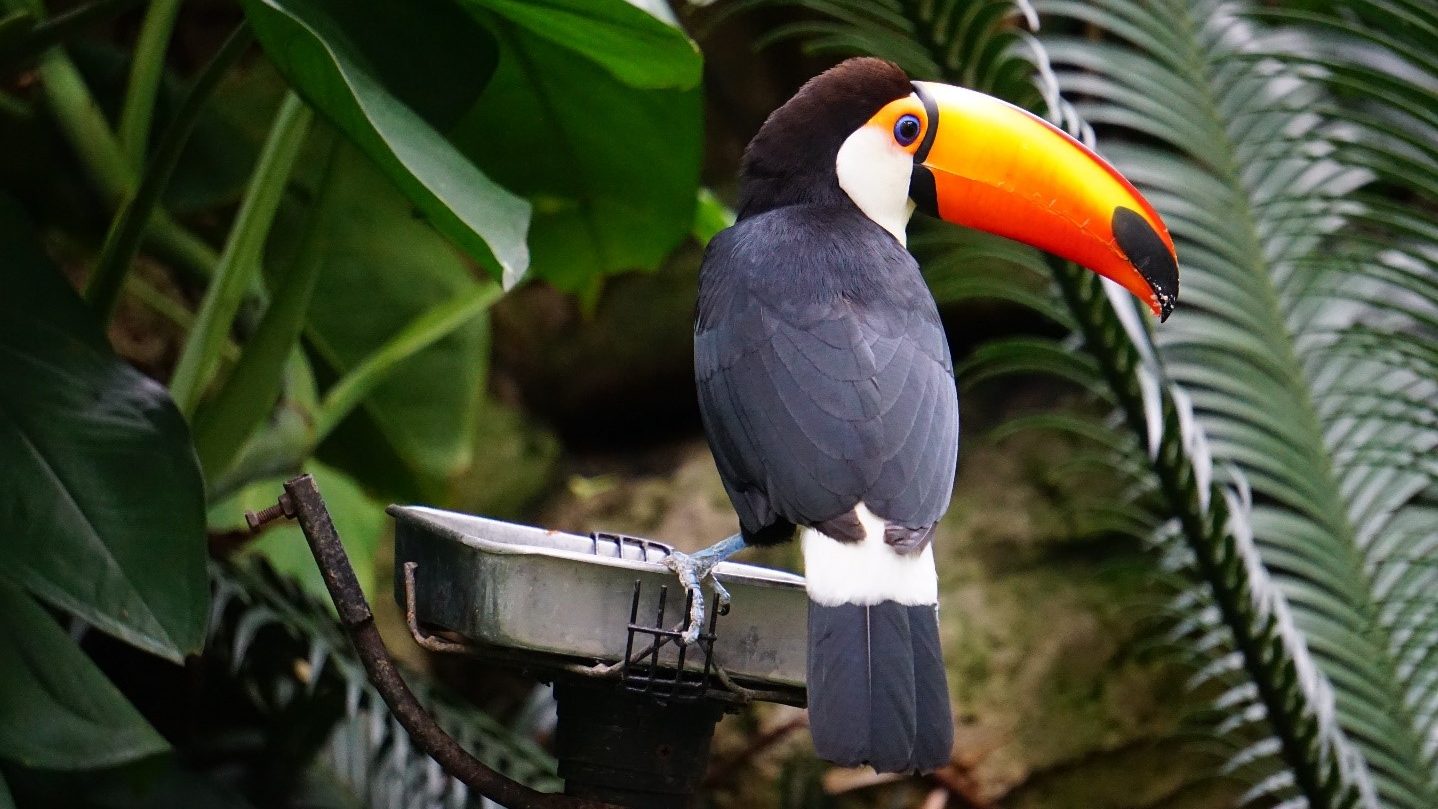Nickel mine exploitation threats to Sulawesi’s natural environment
14 November, 2024
Monday 19 august 2019
Header photo by: PRATAP CHHETRI on Unsplash
Citizen science is not new. Amateurs have been gathering weather data for centuries, and bird watchers have recorded bird counts for nearly as long. With the rise of high-tech communication and data collection technologies, there are new possibilities to expand participation in data gathering, exchange and analysis, even in the most remote places in the world. These remote locations are often relatively undisturbed and rich in biodiversity, and form high priority areas for conservation. In this blog we give you the top three reasons why citizen science should be included in your landscape approach.
There has been a surge in interest in ‘open data’ and transparency to hold public and private actors accountable for their actions. With the right guides, citizens can be an incredible asset for civil society organisations (CSOs) to gather valuable evidence of illegal or unwanted activities. For instance, people can take smartphone photos and community members can fly drones within their territories to capture harmful deforestation, hunting or mining. When this evidence is shared with CSOs, they can use it in their lobby and advocacy activities, like setting up campaigns and law suits.

The realities of peoples’ lives and surroundings in poor and remote regions are often invisible to policymakers. This invisibility is a major factor in political exclusion and marginalization. It results in frequent mismatches between policy and local realities, for instance when large-scale infrastructure or agricultural projects in pristine ecosystems are planned, while the communities and wider landscape depend on critical ecosystem services for their wellbeing. Mobile apps for surveys and other communication tools open up easy information exchange and data gathering in these regions to give these people a voice, allowing them to contribute to inclusive decision making in their landscape.
Citizen science enables participants to make a direct contribution to research, as it changes citizens from research ‘subjects’ into active researchers. Productive partnerships among scientists, CSOs, and the public can provide a cost-effective approach to increase in the spatial and temporal resolution of environmental information. This includes regular monitoring of weather parameters, early detection of pollution breaches, pest and disease outbreaks, or the discovery of new species. This research is much needed in data-sparse natural areas to improve the understanding of their climatic, hydrological and ecological systems, which can feed protected area managers and decision-makers to make strategic choices. In addition, public participation in science also contributes to local capacity building. It increases locals’ research skills, personal awareness of the issues that take place in their homelands, and drives commitment to personal action.
In strategic partnership with the Netherlands Ministry of Foreign Affrairs, IUCN NL and WWF NL are working together on the design and implementation of citizen science projects. A citizen science workshop in July 2019 aimed to kick-start new citizen science projects in the Global South. For more information, see this storymap.


The rise of low-cost, high-tech digital innovations makes it possible to root citizen science approaches in nature conservation strategies. Crowd-sourced information can help to hold stakeholders accountable, make the voices of communities in remote natural areas heard, and contributes to the science required to know more about earth systems. This enriches the knowledge base on which decision-makers can act. If you want to know more about what citizen science can do for your organization, please contact Maxime Eiselin.